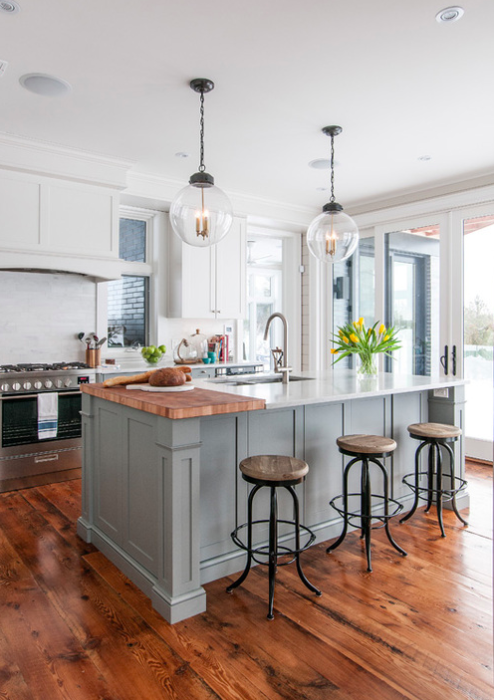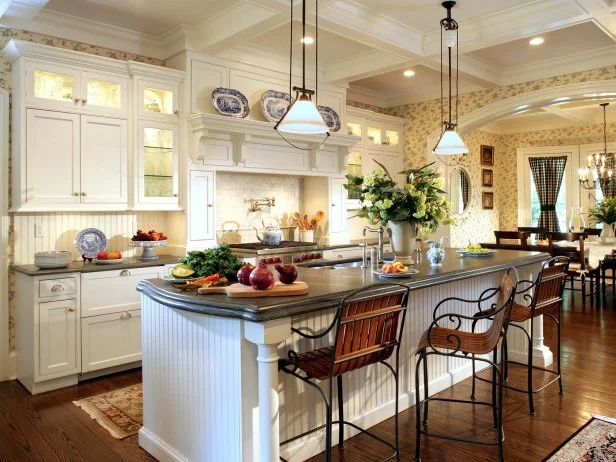Important Tips for Choosing the Perfect Table for Your Kitchen Area
Selecting the ideal dining table for your cooking area is more than simply an issue of taste; it demands a detailed understanding of your area and demands. The form of the table plays a pivotal function; while rectangular tables fit larger locations, rounded ones foster intimacy, and extendable alternatives supply flexibility. The table should harmonize with your kitchen's aesthetic appeals and accommodate your household comfortably.
Action Your Space
Picking the perfect eating table starts with a precise analysis of your available area. This fundamental step guarantees that the table not just fits pleasantly within the room however additionally complements the general design and capability of your dining area. Begin by determining the dimensions of the space, thinking about entrances, windows, and any kind of existing furniture. This will help you figure out the optimum allowed size for your eating table.
Consider the flow of motion around the table. It is important to leave adequate space for chairs to be drawn out and for individuals to walk around the table without blockage. A general regulation of thumb is to permit at the very least 36 inches of clearance from the edge of the table to the closest wall or item of furnishings. This makes sure convenience of gain access to and comfort throughout dishes.
Furthermore, think of the number of people you typically entertain and whether you need added room for visitors. Choosing an extendable table can give adaptability, allowing you to accommodate varying varieties of restaurants. By precisely gauging your area, you lay the foundation for choosing a table that boosts both the looks and capability of your eating area.
Choose the Right Forming

On the various other hand, round tables are excellent for smaller sized kitchen areas or intimate celebrations, as they promote conversation by enabling every person to encounter each various other. They also supply a feeling of comfort and can fit well in tighter rooms due to their lack of sharp edges. Oblong tables offer the very best of both worlds, integrating the size of rectangle-shaped tables with the intimacy of round ones, making them versatile for various settings.
Square tables are an additional choice, specifically matched for square-shaped areas. They create a contemporary and symmetrical look, fostering an equivalent eating experience for all seated. They may be less useful for bigger celebrations unless they come with expansions. Eventually, the shape you select must line up with your space dimensions and lifestyle to guarantee both type and function.
Product Factors To Consider
When selecting an eating table, material factors to consider are critical in determining the table's longevity, upkeep requirements, and general aesthetic. Timber is a classic option, offering classic charm and robustness.
Glass-topped tables give a modern, smooth appearance and can make an area appear larger as a result of their openness. They require regular cleansing to protect against fingerprints and smudges. Additionally, solidified glass is suggested for its extra toughness and safety and security.

Last but not least, composite products like MDF (Medium-Density Fiber board) or plywood are economical choices. These products can mimic the look of strong timber but may not provide the exact same durability. They are typically much easier to clean however can be vulnerable to water damage if not appropriately sealed.
Eventually, the selection of product must straighten with your cooking area's style, your way of life requires, and your budget plan restraints. (kitchen island legs)
Seating Capacity and Comfort
How do you establish the right seats capability and comfort for your table? This essential step entails examining both the physical space readily available in your kitchen area and your household's functional needs. Begin by gauging your kitchen location to guarantee the table fits pleasantly, enabling at the very least 36 inches of clearance around it for very easy motion. Take into consideration the number of individuals who commonly eat together, as this will affect the table size. For a household of four, a rectangular table of 48 inches long or a round table with a 48-inch official website diameter is usually enough.
Comfort is just as crucial. The elevation of the table should ideally be around 30 inches, offering a balanced ergonomic stance for seated restaurants. Chairs must sit elevation of 18 to 20 inches to make certain a comfortable dining position. In addition, consider the chair layout; upholstered seats and supportive backrests can improve eating convenience dramatically, specifically throughout long term dishes.
Design and Aesthetics
Picking a dining table that matches your style and aesthetics involves balancing individual taste with the existing style of your dining area. The table is often the centerpiece of the kitchen, and its style needs to match the overall theme of the room. Whether your kitchen boasts a modern, minimal look or a rustic, farmhouse appeal, the table you pick need to balance with these elements to produce a natural and welcoming environment.
Consider products carefully; wood offers an ageless charm and can vary from rich mahogany for a conventional want to lighter oak for a modern feel. Steel and glass tables, on the other hand, can present a streamlined, commercial edge to your kitchen. Do not ignore the table's shape-- rectangular tables are classic and functional, while round and oblong choices can promote a much more intimate dining experience.
In addition, pay attention to surfaces and details. A troubled finish could add character and warmth, whereas a shiny surface area can add to a tidy, contemporary aesthetic. Eventually, your dining table need to not only fit flawlessly into your cooking area's design but additionally show your individual style, boosting the space both functionally and aesthetically.
Verdict
In verdict, selecting the ideal dining table for a kitchen area requires cautious analysis of room, form, material, seating ability, and aesthetic harmony. Inevitably, a well-chosen eating table cultivates an inviting ambience and fits the home conveniently, therefore improving the dining experience.

When choosing an eating table, product factors to consider are extremely important in establishing the table's sturdiness, upkeep demands, and total visual. For a household of four, a rectangle-shaped table of 48 inches long or a round table with a 48-inch diameter is normally adequate.
Don't overlook the table's form-- rectangular tables are classic website link and functional, while More about the author round and oval options can cultivate a much more intimate eating experience. kitchen island legs.